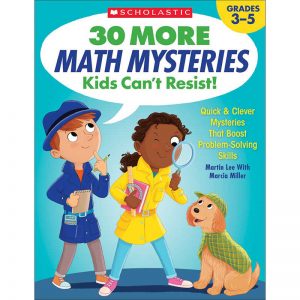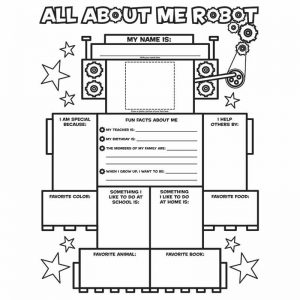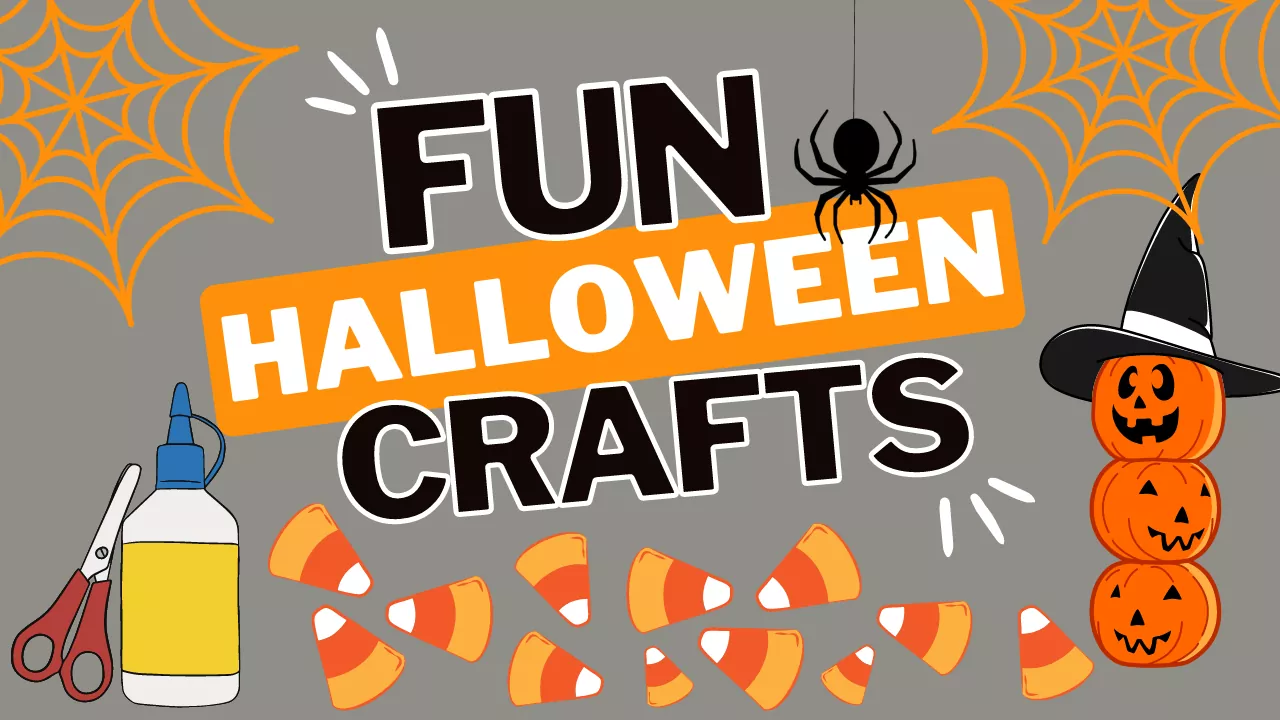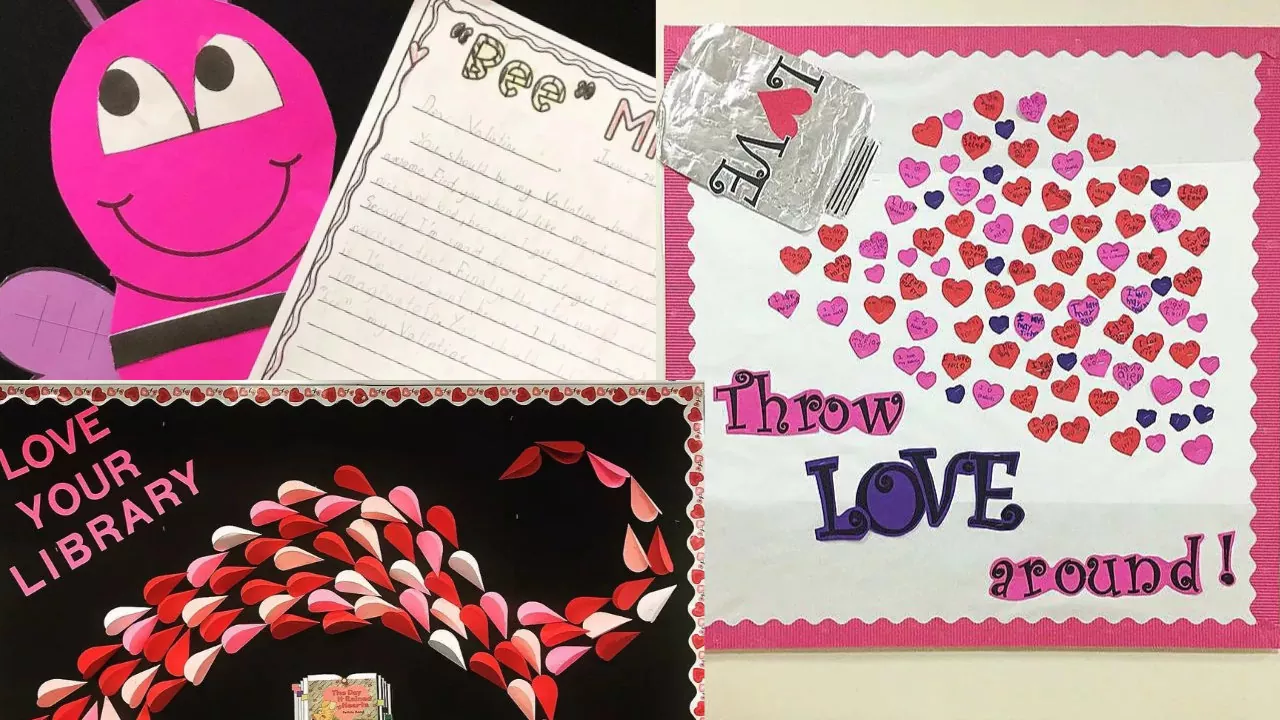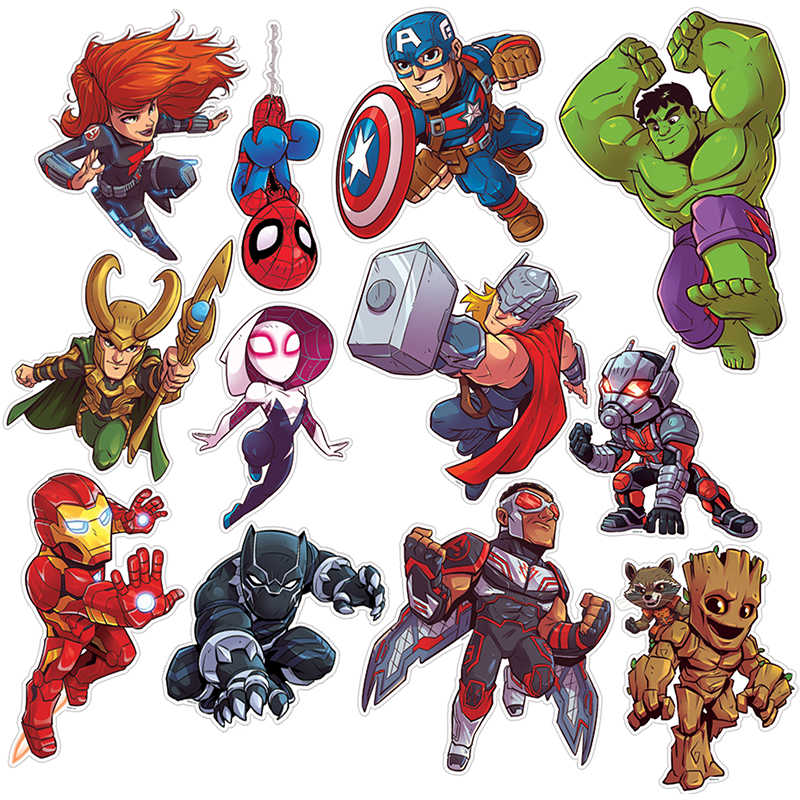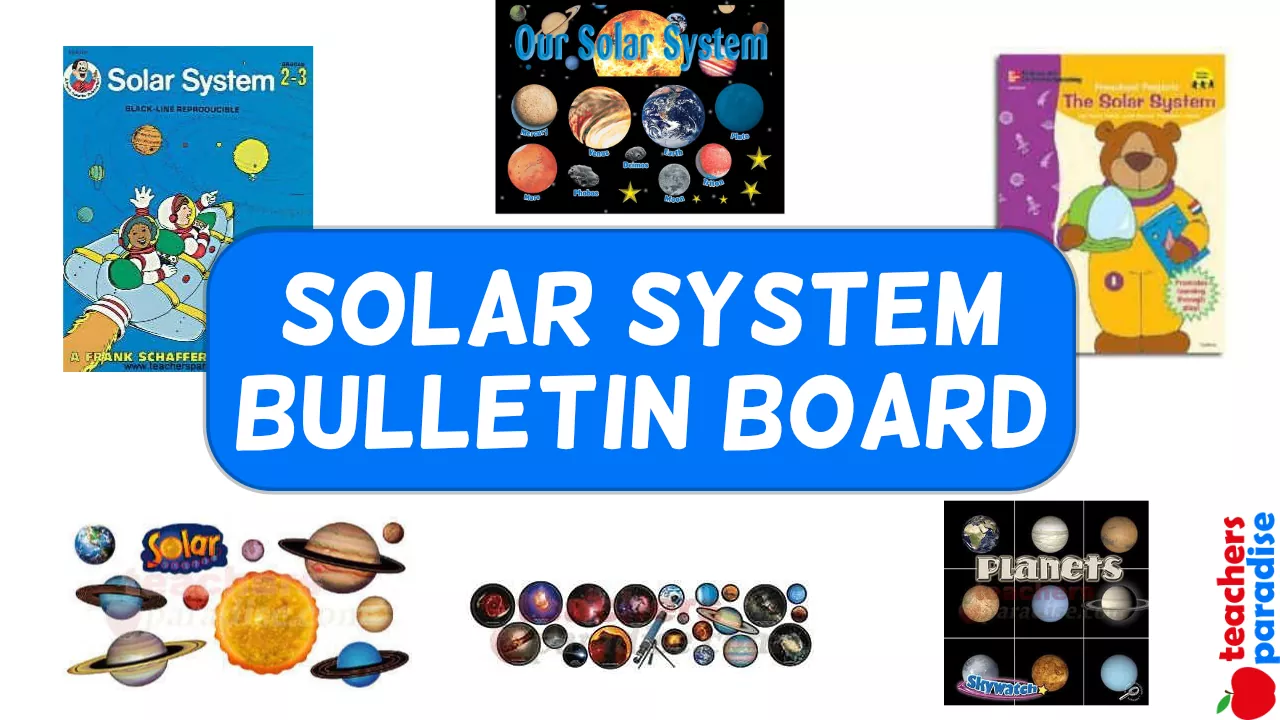SPIN – A – STORY INTRODUCTION
ISBN: 0-439-21567-6
“What should I write about?” If you’re like most teachers, you’ve probably heard this question from your students over and over again. Now you’ve got an answer! Just send your students to spin the WHO, WHAT, and WHERE wheels on this interactive writing prompts chart. Each wheel offers 12 choices of interesting characters, imaginative plots, or unusual settings. Children can combine any of these three major story elements to churn out more than 1,700 different story ideas! That’s sure to get them revved up for great writing!
USING THE WRITING PROMPTS CHART
Display the chart in a prominent place within children’s reach. If you have a writing center, you can either hang the chart on a nearby wall or prop it on an easel.
WORKSHEET & Sample PDF Activity
[adinserter block=”2″]
Sample PDF Activity
[adinserter block=”3″]
When you first present the Spin-a-Story Writing Prompts Chart to students, explain that the three wheels provide the three major elements every good story needs:
• WHO (character): person, animal, or animated object, such as a robot
• WHAT (plot): the main event that happens in the story
• WHERE (setting): place and time in which the story occurs
While the story elements included on the chart may naturally lead to humor or fantasy stories, invite students to experiment with other writing formats, such as nonfiction, letter, or journal entry.
The Spin-a-Story Writing Prompts Chart is ideal for:
• teaching the elements of a story
• introducing the story idea of the day
• providing every child with a customized writing topic
• inspiring reluctant writers
• generating a writing assignment for the whole class
• giving kids exciting journal topics… and more!
THE WRITING PROCESS
As most people know, writing does not happen instantaneously. Follow the steps below to help your students through the process of writing:
- Choose a topic: Invite students to spin the wheels to help them find ideas. Allow them to spin more than once until they find the character, plot, or setting that they feel most comfortable writing about.
- Elaborate on details: Encourage children to invent details about their characters, plots, and settings. Photocopy and distribute the graphic organizer on the back of this page to help students develop their ideas.
- Organize ideas and write a draft: Have students focus their ideas and put them down on paper.
- Revise and polish: Help students revise their writing by discussing their strong points and areas where they need more work. Remind children to check spelling, punctuation, and grammar when they write their final draft.
- Share the story: Invite students to share their story with their friends and family, either by reading it aloud or by publishing it in a mini-book.
- Have fun!
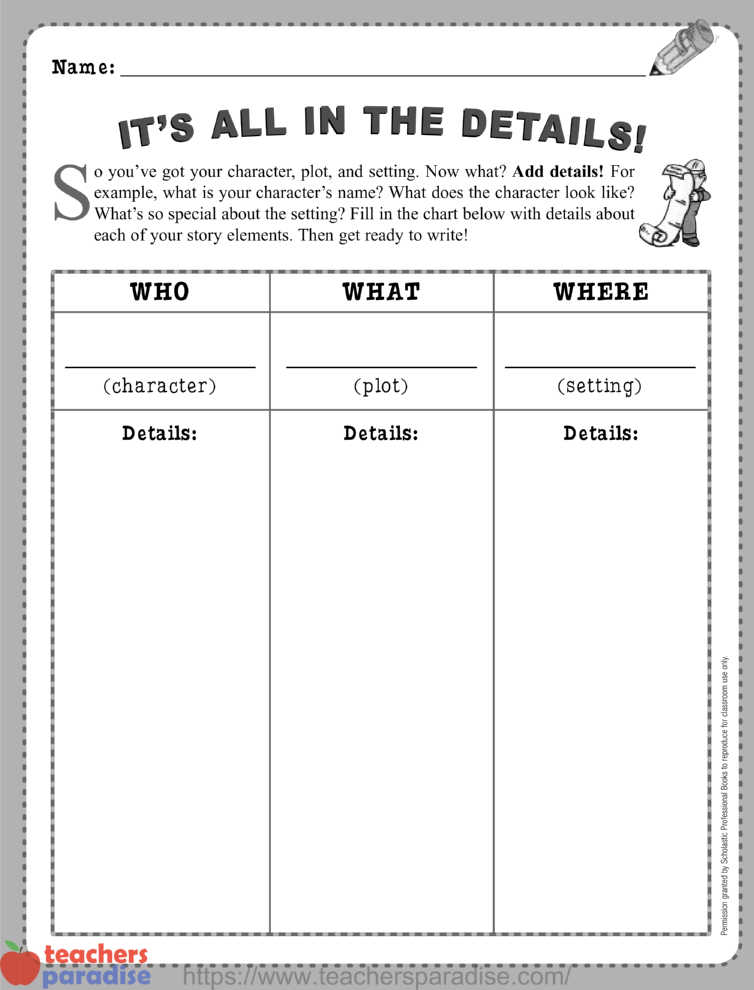
IT’S ALL IN THE DETAILS! Worksheet
So you’ve got your character, plot, and setting. Now what? Add details! For example, what is your character’s name? What does the character look like? What’s so special about the setting? Fill in the chart below with details about each of your story elements. Then get ready to write!

